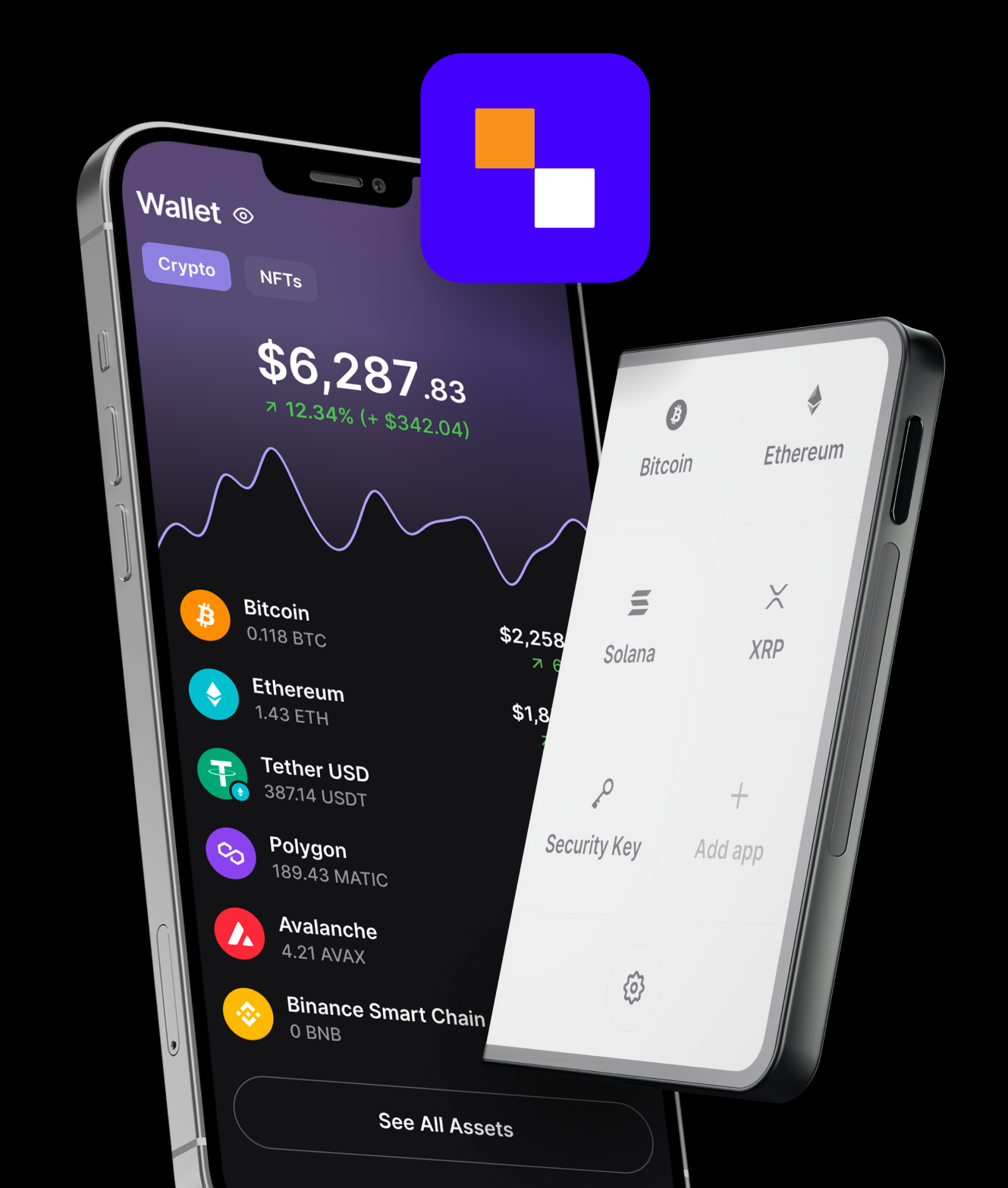3 Key Takeaways
- Non-custodial wallets give you full control of your crypto assets by securing your private keys directly.
- Set up carefully and protect your recovery phrase — it’s the only way to access your funds.
- Self-custody is rising in 2025–2026, marking a global shift toward decentralized financial independence.
How to Set Up a Non-Custodial Crypto Wallet Safely in 2025
The cryptocurrency world has evolved dramatically, but one principle has remained constant: ownership matters. As digital assets become central to finance, identity, and online activity, controlling your own funds has never been more important.
In 2025, amid growing regulation and exchange dependency, more users are shifting toward non-custodial wallets — tools that let you hold, manage, and safeguard your assets without relying on a centralized intermediary.
Learning how to set up a non-custodial crypto wallet isn’t just a technical step. It’s a declaration of financial independence in an increasingly digitized economy.
Understanding What a Non-Custodial Wallet Is
To set up a non-custodial wallet, you first need to understand what makes it different.
A non-custodial wallet gives you full control of your private keys — the cryptographic codes that authorize transactions. In simple terms, it means you are the bank. No exchange, company, or third party holds your assets or can restrict your access.
By contrast, custodial wallets, like those on centralized exchanges (e.g., Coinbase or Binance), manage your private keys for you. While convenient, they carry risk: if an exchange is hacked, frozen, or regulated out of your region, your funds can become inaccessible.
In 2025, after several high-profile exchange disruptions and regional crackdowns, crypto users have grown more conscious of self-custody. Non-custodial wallets are becoming a norm — not a niche — in how people secure their digital wealth.
Choosing the Right Type of Non-Custodial Wallet
Before setting up a wallet, decide which type fits your needs.
1. Software Wallets
These are mobile or desktop applications, such as MetaMask, Trust Wallet, or Exodus. They’re ideal for beginners and daily users. Software wallets connect easily to decentralized applications (dApps), exchanges, and NFT marketplaces.
In 2025, most of these wallets now integrate multi-chain functionality — allowing users to store tokens across Ethereum, Bitcoin, Solana, and emerging Layer-2 networks in one interface.
2. Hardware Wallets
For those seeking maximum security, hardware wallets like Ledger, Trezor, or Keystone remain the gold standard. They store your keys offline, making them immune to hacks or phishing attempts. Hardware wallets are best for long-term investors holding large amounts of cryptocurrency.
3. Browser Extensions and Web Wallets
These are lightweight, easy to access, and often used for NFT or DeFi interactions. However, in 2025, security experts caution users to verify official sources before installing any browser wallet due to an increase in counterfeit extension scams.
When choosing, consider security, usability, and recovery options. For most beginners, starting with a reputable software wallet, then upgrading to hardware once holdings grow, strikes the right balance.
How to Set Up a Non-Custodial Crypto Wallet
Once you’ve chosen your wallet type, setting it up takes just a few minutes — but each step is critical to ensure long-term safety.
Step 1: Download the Official Wallet App or Software
Go directly to the official website or verified app store link. Fake wallet apps remain a major cybersecurity threat. Double-check URLs and developer credentials before downloading.
Step 2: Create a New Wallet
When prompted, select “Create New Wallet.” The system will generate your unique private keys and recovery phrase (usually 12 or 24 random words). This is the most important part of the process — your recovery phrase is your ultimate backup.
Step 3: Secure Your Recovery Phrase
Write it down on paper or store it in an encrypted offline device — never on cloud storage or screenshots. Many users in 2025 now use metal backup plates to protect recovery phrases from fire or water damage.
If you lose your recovery phrase, you lose access to your wallet permanently. No company or developer can help recover it.
Step 4: Set Up PIN or Biometric Security
Most wallets allow extra protection through PIN codes or biometric verification. Enabling these helps prevent unauthorized access if your phone or laptop is compromised.
Step 5: Fund Your Wallet
Transfer cryptocurrency from an exchange or another wallet using your public address (a string of letters and numbers starting with “0x” or “bc1”). Always double-check the address before sending — transactions on blockchain are irreversible.
Step 6: Explore and Connect
Once funded, you can start using your wallet to buy, store, or interact with decentralized apps (DeFi, NFTs, gaming). Many wallets in 2025 now offer built-in swaps, staking, and yield features, reducing the need to rely on centralized platforms altogether.
Staying Safe: Security Best Practices for 2025
As blockchain adoption grows, so does cybercrime. Setting up a wallet correctly is only the beginning — maintaining good habits is what keeps your assets safe.
1. Beware of Phishing Links and Impersonators
In 2025, scammers are increasingly sophisticated, often cloning real crypto websites or social media accounts. Always verify URLs and avoid unsolicited messages offering support or rewards.
2. Regularly Update Your Wallet Software
Wallet developers release updates to fix vulnerabilities and improve features. Outdated versions may expose you to security flaws.
3. Use Hardware for High-Value Holdings
For larger investments, store most funds offline in a hardware wallet and keep only a small balance in your software wallet for daily use.
4. Enable Two-Factor Authentication (2FA) Where Possible
Some wallets and related apps allow 2FA. This extra step makes unauthorized access exponentially harder.
5. Educate Yourself Continuously
In 2025, crypto security is as much about awareness as technology. Keep up with trusted publications, cybersecurity alerts, and wallet developer updates.
The Shift Toward Self-Custody in 2026
As regulation tightens across the U.S., Europe, and Africa, non-custodial wallets are increasingly seen as tools of empowerment rather than risk. Governments are recognizing the value of user-held wallets for privacy, innovation, and inclusion — especially in regions underserved by traditional banking.
By 2026, experts predict that self-custody adoption will rival centralized exchange usage, with next-generation wallets integrating biometric recovery, social backups, and cross-chain identity management.
For users, this shift represents more than convenience — it’s a reclaiming of financial autonomy in a world where data and money are deeply intertwined.
Conclusion: Taking Control of Your Digital Future
Setting up a non-custodial crypto wallet in 2025 is more than a technical exercise — it’s a step toward true financial sovereignty.
By securing your private keys, you eliminate the risks of centralized custody and participate directly in the decentralized economy shaping the future of money, identity, and value.
Whether you’re holding Bitcoin, experimenting with DeFi, or exploring tokenized assets, your wallet is your gateway to Web3 — and your strongest line of defense.
In the age of digital ownership, knowing how to set up a non-custodial crypto wallet isn’t just good practice. It’s essential literacy for the financial world of 2026 and beyond.




